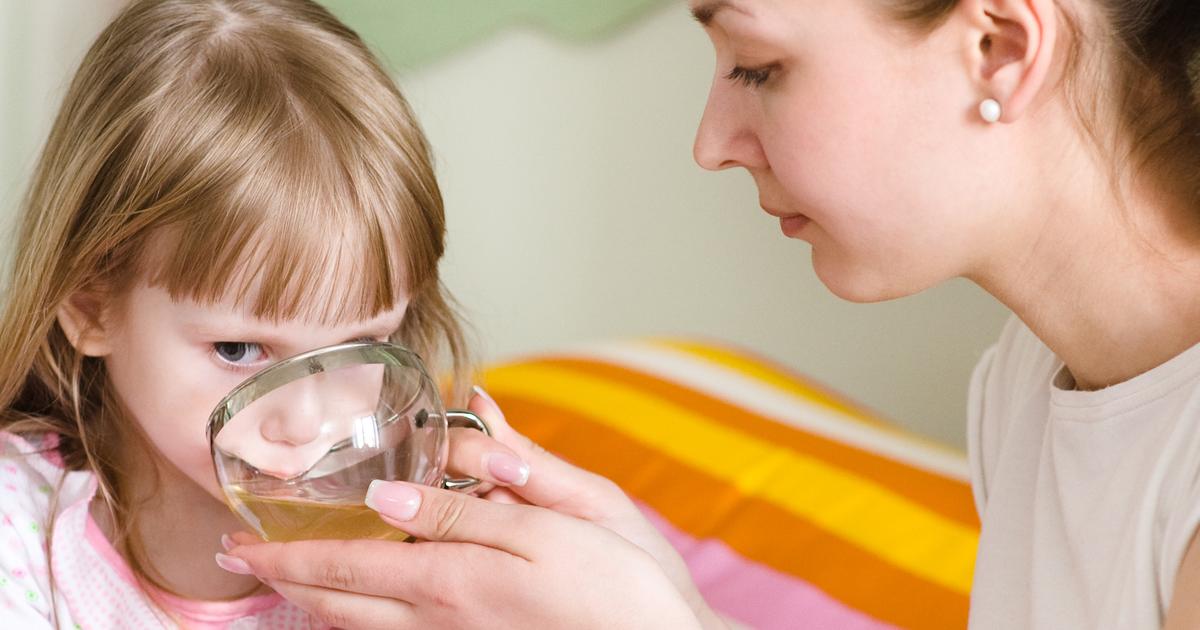The Various Ways Of Treating Fifth Disease
Fifth disease, an airborne illness caused by the Parvovirus B19, is transmitted through contact with saliva and droplets in the air, like the kind expelled as the result of coughing. Cases are more widespread during winter, spring, and into the start of summer. Symptoms mimic those of the flu and include a headache, joint pain, fever, fatigue, sore throat, nausea, and congestion. It is often referred to as 'slapped cheek disease' because of the red rashes that appear on the face, trunk, and upper and lower extremities. The illness is common in kids, however, contraction as an adult is still possible. Get to know the various methods of treating Fifth disease now.
Increase Fluids

Our bodies are comprised of mostly water, and they require a set minimum each day to function correctly. Adequate intake of fluids not only clears toxins from the body, but it also thins mucus, therefore improving congestion, and it regulates body temperature, thus reducing fever. The opposite is also true in that dehydration can lead to worsening fever. A lack of water can exacerbate symptoms such as nausea leading to vomiting or diarrhea, which can cause losses of large amounts of fluids in a short time. For those afflicted with Fifth disease, it's recommended they consume approximately a gallon of fluids a day. Stick to clear liquids like water and broth. Fruit juices and sports drinks are also adequate, but avoid sugary beverages such as soda and artificial juice, as they can dehydrate the body. Beverages with excessive amounts of caffeine can also lead to dehydration as they increase the amount of water lost via the kidneys and increase the need to urinate.
Learn more about treating Fifth disease now.
Get Some Rest

It may be cliche, but getting adequate rest is vital to the treatment of many conditions, including Fifth disease. Symptoms caused by a virus must burn out on their own, unlike bacterial infections which can be tag-teamed by the body's own immune system and the use of antibiotics. So, since there are no known means of treating Fifth disease with medication, symptom relief is the main focus of healthcare providers. The body has an amazing capacity to heal itself, but it needs all the energy it can get to do so. This is why when you are sick it is best to get some rest, extra rest if at all possible. During periods of rest, particularly sleep, the body generates proteins that are then used to repair cells damaged due to illness and exposure to harmful elements. Without plenty of rest, the body cannot regain the strength it needs to finish off the invading virus.
Get to know an effective manner of treating the symptoms of Fifth disease now.
